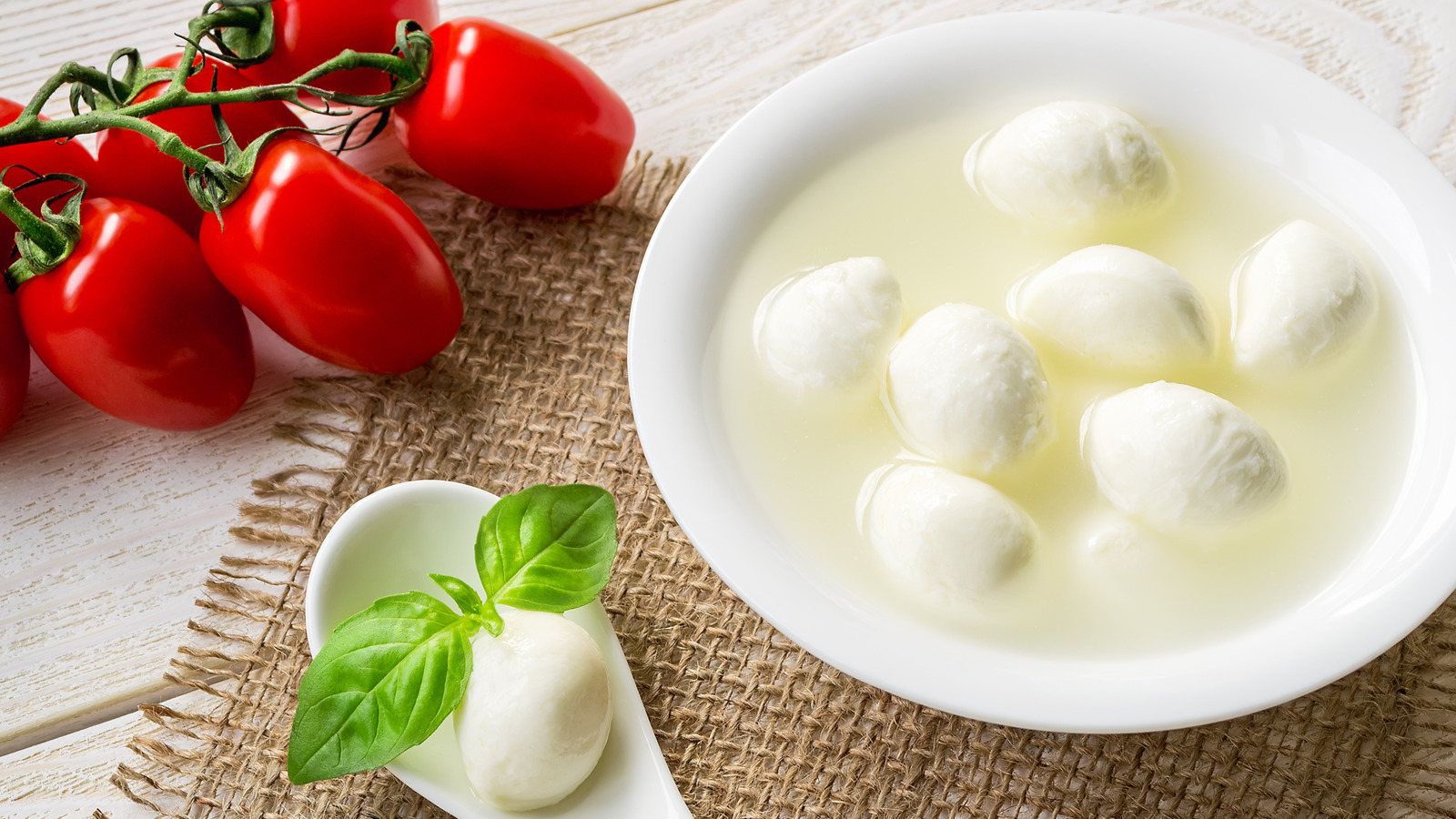
"However, cheese brining isn't just used for preservation. The process has been used for about 9,000 years. In addition to extending the shelf life of the cheese, it enhances natural flavors, accelerates the aging process, and prevents the growth of harmful microorganisms. Cheese varieties are actually defined by their salt content and texture, and brining can be used during or after the cheese making process."
"Brining lowers the curd moisture content during the first stages of cheese making, which enhances the flavor and extends the lifespan of the cheese. It can also be used after certain varieties of cheese are made. For instance, because block cheese can't be salted before it is molded, it is often brined after molding to enhance its salty flavor. Brining also ensures rapid cooling of the cheese after it is molded, which can further halt the growth of dangerous bacteria."
Brining extends cheese shelf life by reducing curd moisture and inhibiting harmful microorganisms. The method has been used for approximately 9,000 years and defines certain cheese varieties by salt content and texture. Brining can occur during initial curd formation or after molding, as with block cheeses that cannot be salted beforehand. Some cheeses, such as feta and mozzarella, are stored in brine. Brining accelerates aging, enhances natural flavors and textures, and enables rapid cooling to halt bacterial growth. Brines may undergo thermal treatment similar to pasteurization to further inhibit bacteria and mold. Brines can also be flavored to impart additional tastes.
Read at Tasting Table
Unable to calculate read time
Collection
[
|
...
]